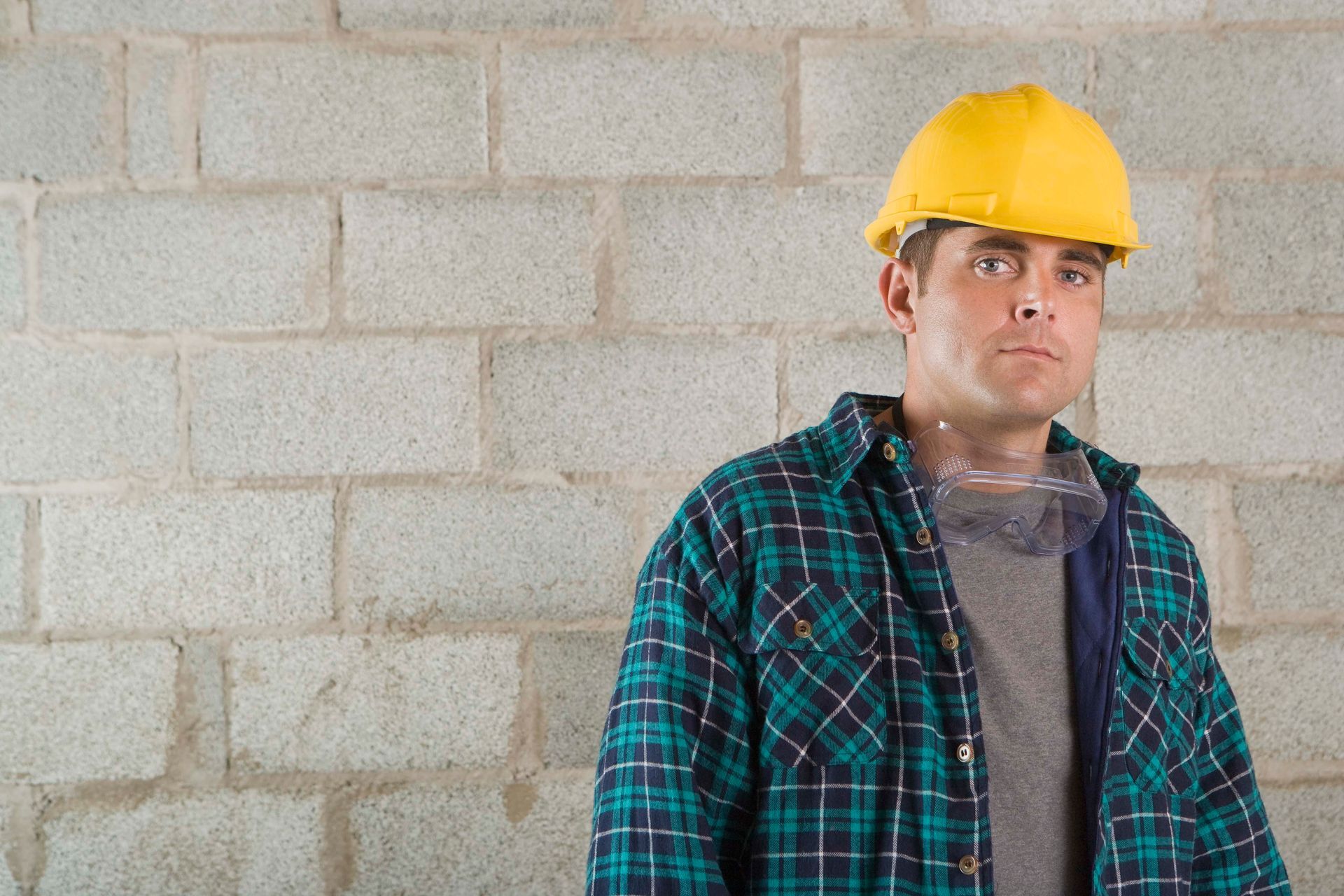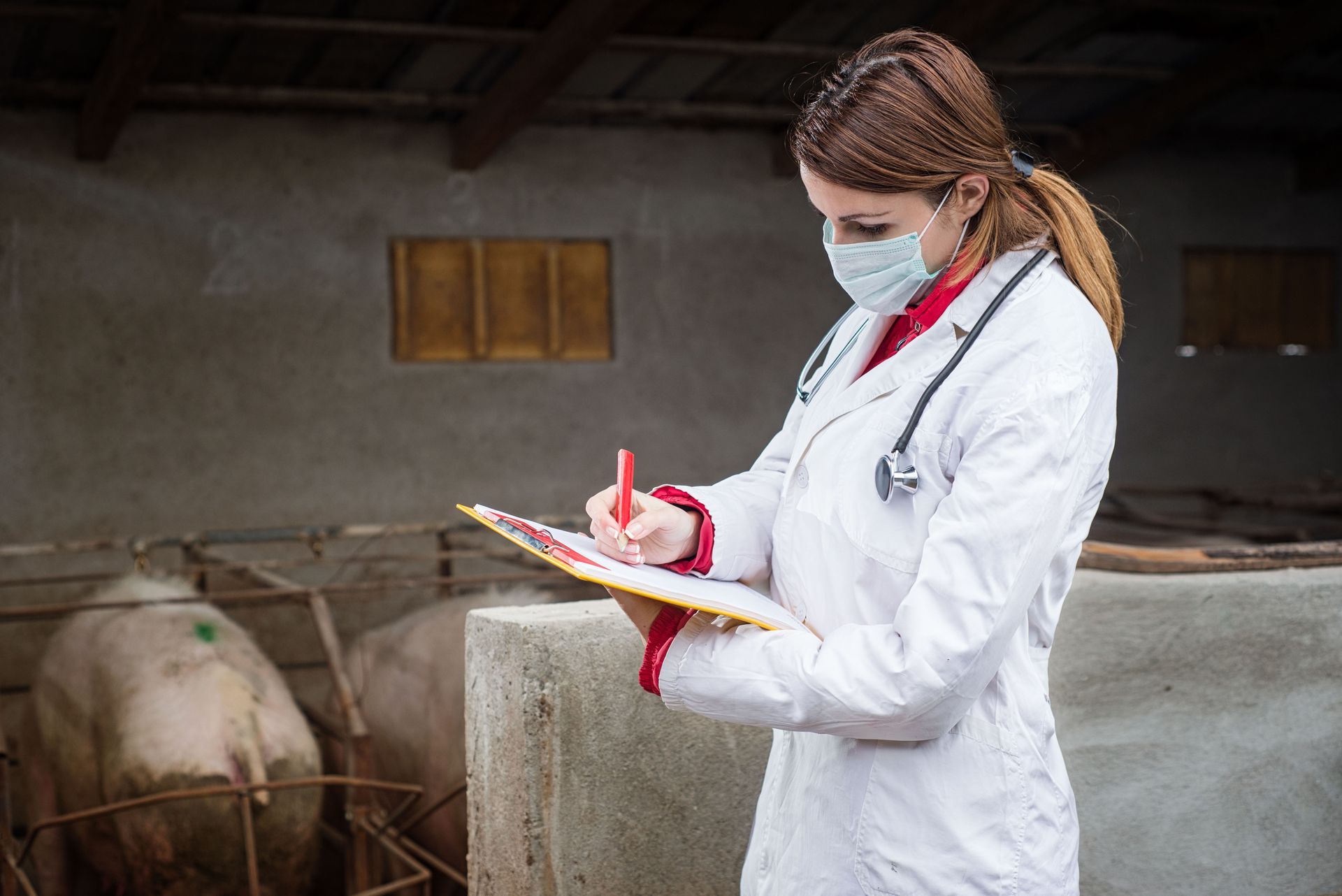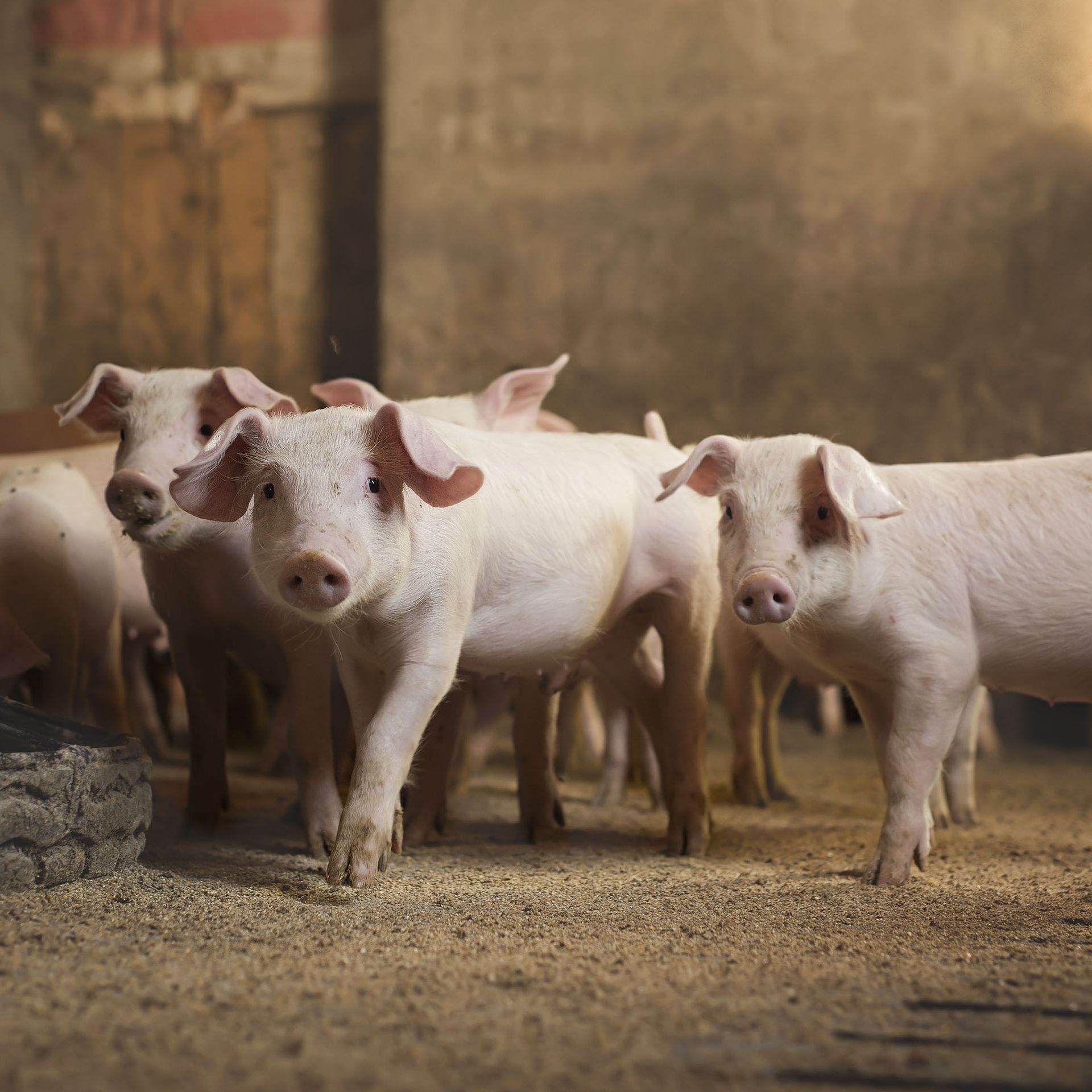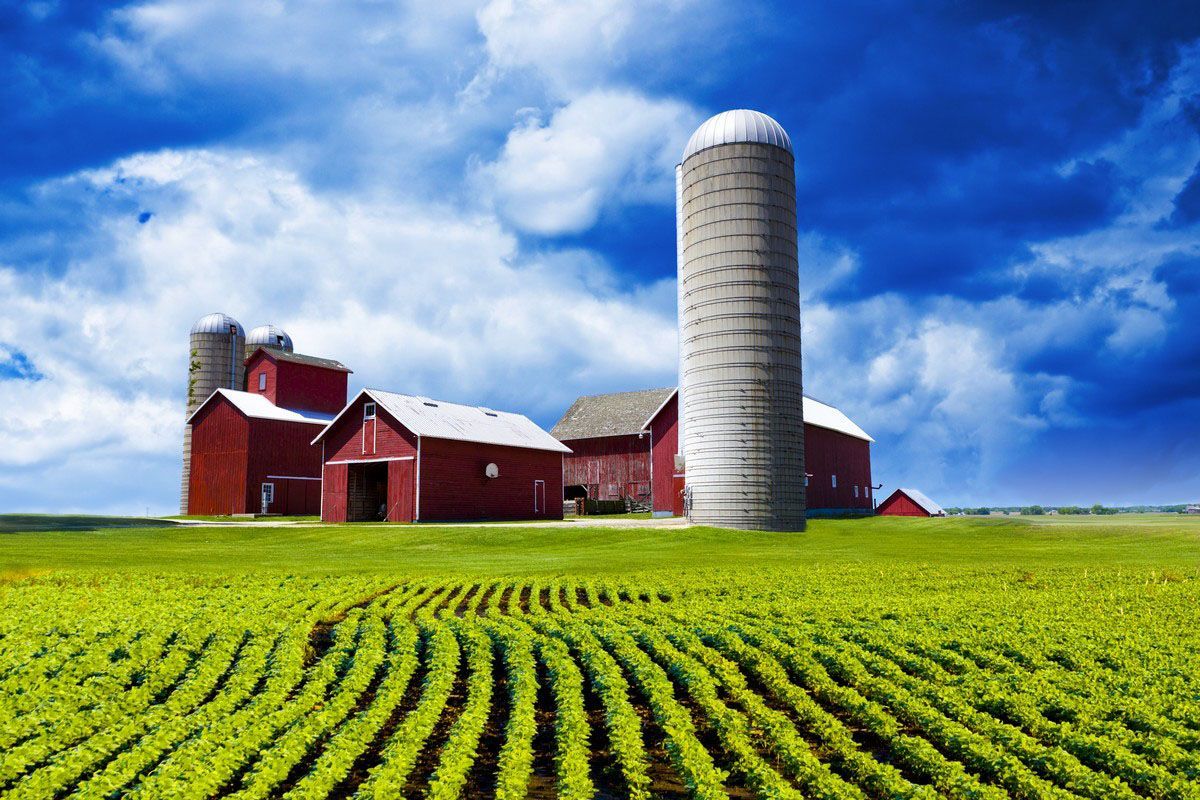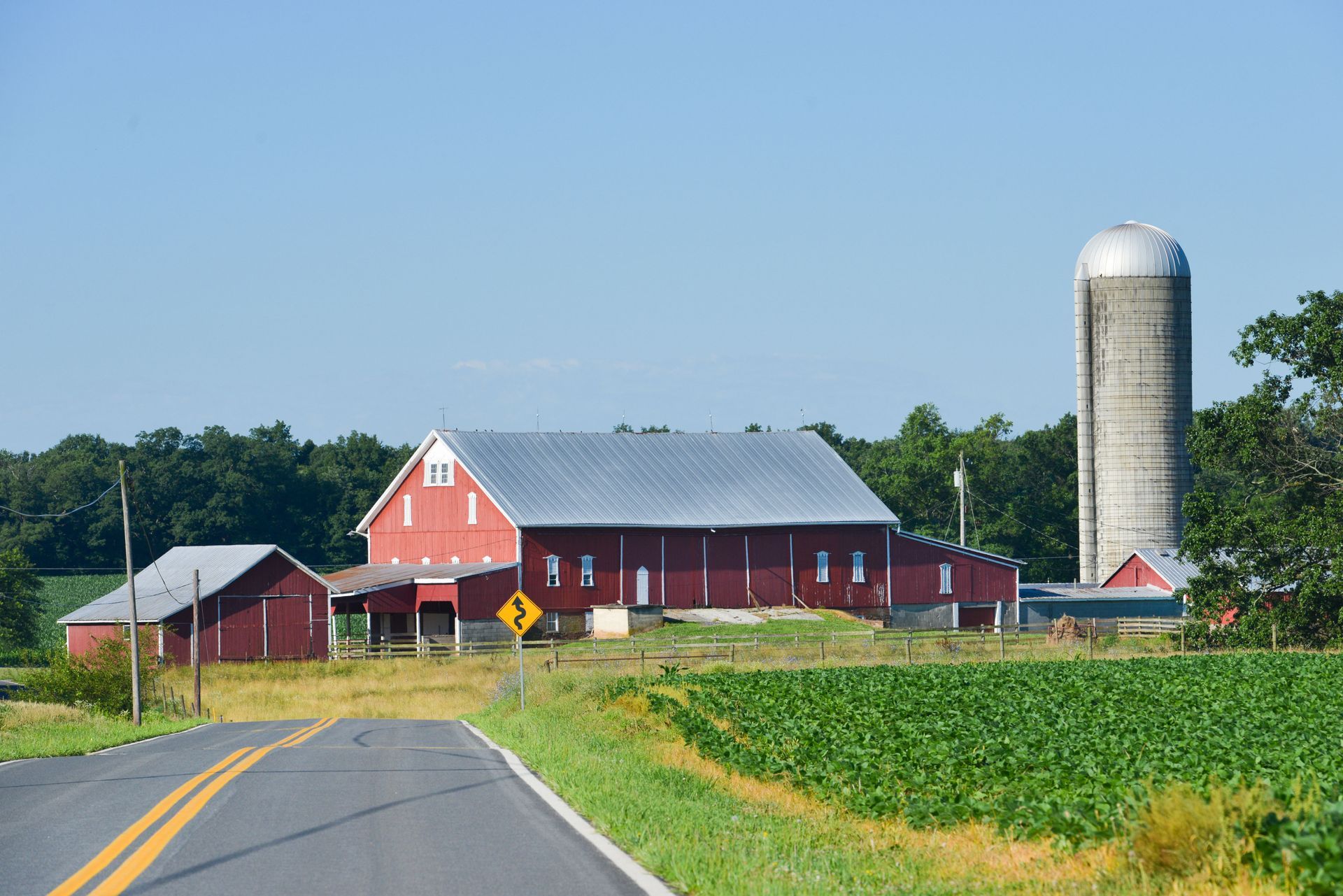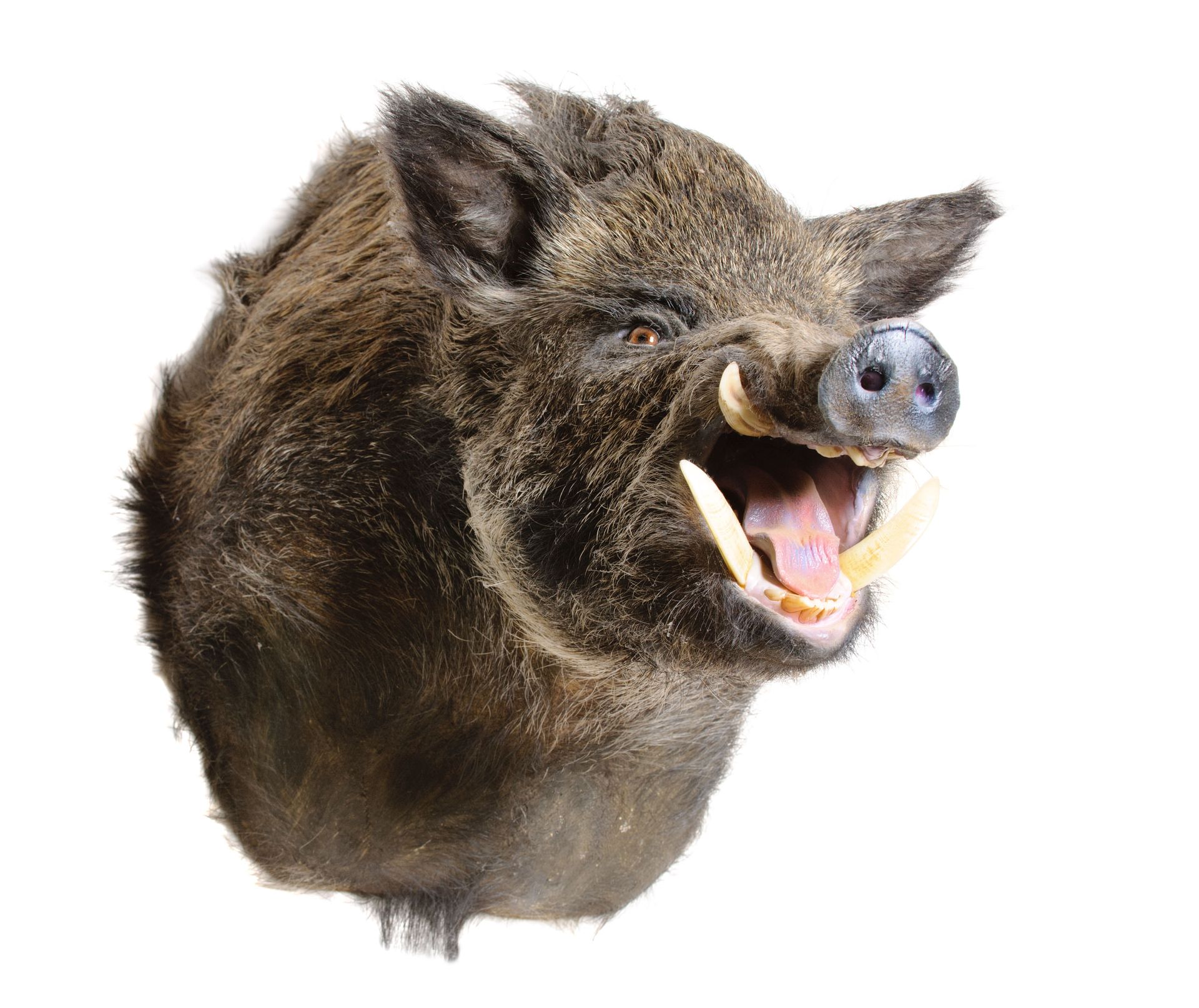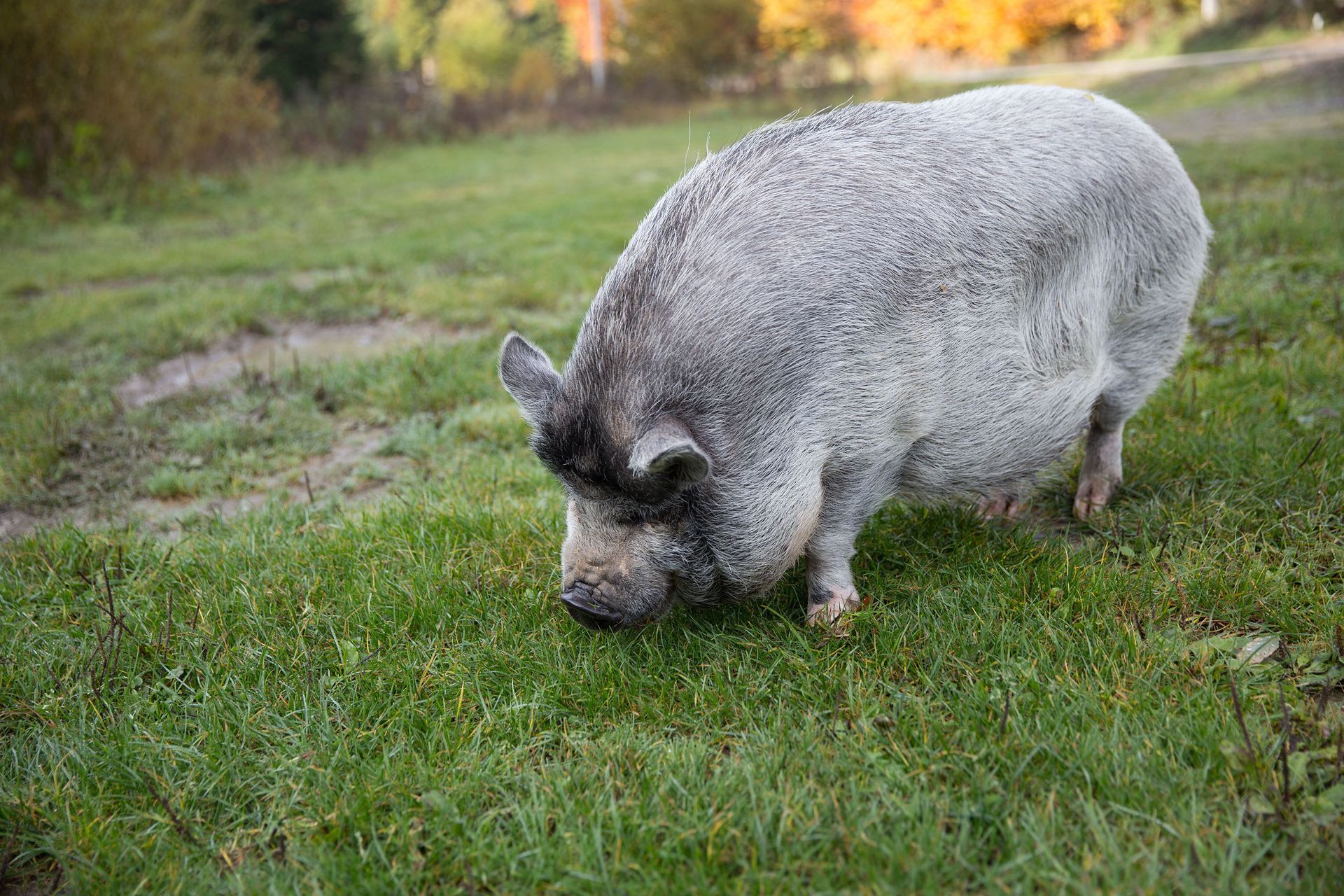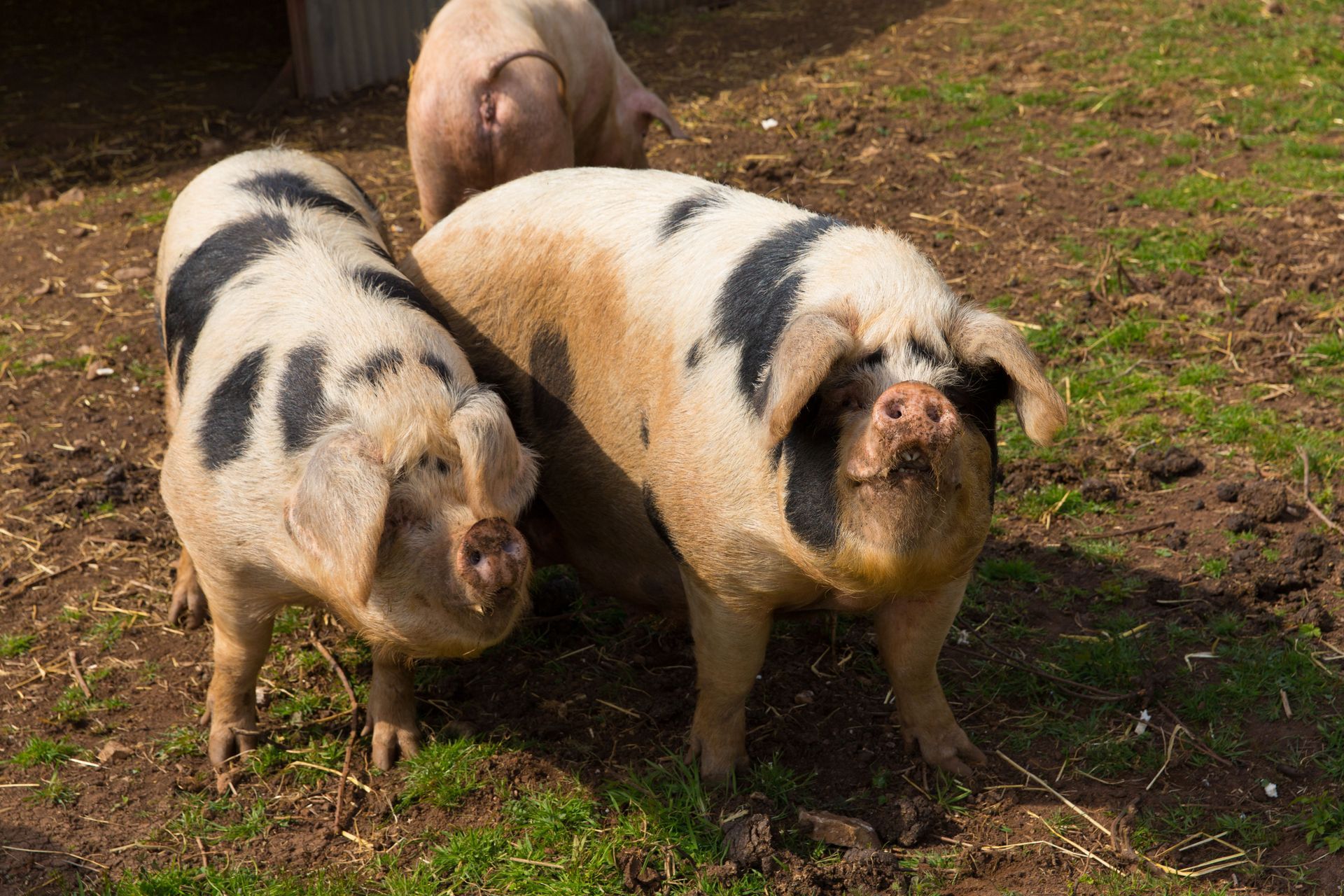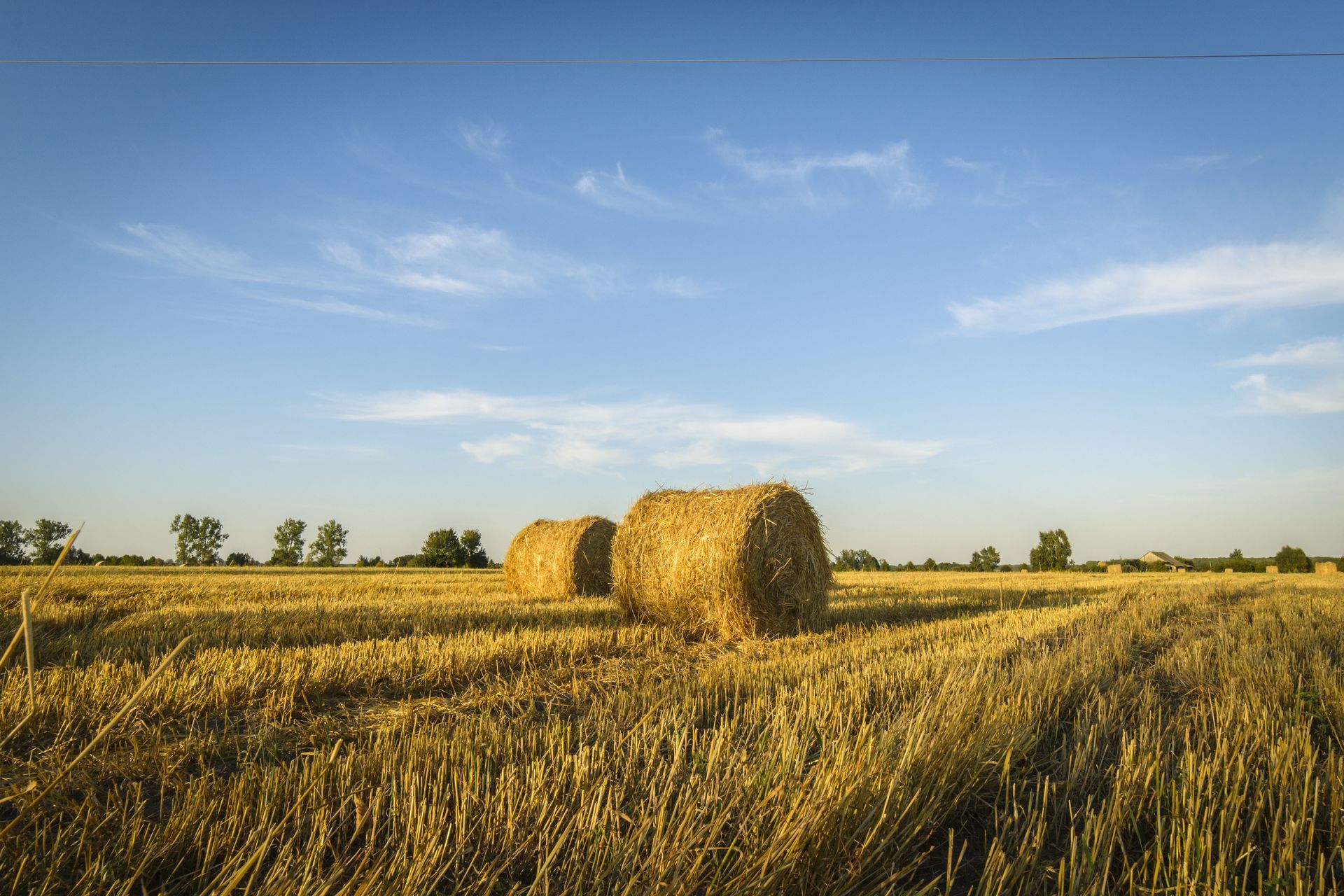July 30, 2025
Choosing the right hog trap can make a huge difference in your ability to control wild hog populations efficiently. These invasive animals cause millions of dollars in agricultural damage every year, tearing up land, contaminating water supplies, and threatening native ecosystems. As the problem worsens, landowners are turning to professional solutions for effective, humane capture. According to IBISWorld, the hog and pig farming industry in the United States is projected to reach a market size of $25.4 billion in 2025, which only raises the stakes for responsible population management. If you're ready to invest in a quality trapping solution, here are key features to consider—and why working with experienced hog trap installers is essential.
1. Evaluate the Trap Size and Holding Capacity
A trap’s size and capacity are two of the most important elements in successful hog trapping. The right size ensures that your trap fits the layout of your property and accommodates the expected number of hogs. Too small, and you risk only catching one or two animals at a time. Too large, and the trap may be cumbersome or inefficient for your terrain.
Many hog trap installers offer five-foot and six-foot trap options to match varying property sizes and wild hog activity levels. These sizes are especially useful for capturing entire sounders, which increases efficiency and reduces the frequency of trap resets. Proper trap sizing is also critical when dealing with difficult terrain, as a compact design may work better in overgrown or tight spaces.
The trap’s holding capacity should align with the size of your local hog population. A well-designed trap that can hold multiple hogs will save you time, reduce bait waste, and maximize your overall trapping effort. Some hog trap installers even provide modular systems or complete trap packages that allow you to adjust configurations based on seasonal hog activity or changes in land use.
2. Choose Durable and Weather-Resistant Materials
Durability and weather resistance are essential traits in any outdoor trapping system. Your trap will need to withstand tough animals, unpredictable weather, and constant exposure to the elements. Choosing a trap fabricated with high-quality steel and MIG-certified welds ensures it remains functional and safe over time.
Hog trap installers who specialize in rugged, field-ready equipment often use galvanized materials for extra durability. Reinforced gate mechanisms are a must for resisting the pressure of large, aggressive hogs trying to escape. This structural strength not only prevents equipment failure but also ensures humane containment.
Because wild hog activity doesn’t stop for rain or heat, it’s important that traps hold up across all seasons. Many hog trap installers now include features like solar-powered lighting systems that enhance visibility in low-light conditions and improve usability without the need for external wiring. These additions protect your investment and allow you to trap year-round with minimal maintenance concerns.
3. Assess Trigger Mechanisms and Monitoring Options
A trap’s success depends heavily on the reliability and accuracy of its trigger mechanism. If the trigger is too sensitive, the trap may spring without capturing any hogs. If it’s too sluggish, the animals may escape before activation. Finding that balance is where the expertise of hog trap installers really shines.
There are many options available, including both manual and remote activation systems. One increasingly popular choice is the Trap Smart Camera system, which allows users to monitor activity and trigger the trap remotely via smartphone. This modern approach lets you wait until all hogs have entered the trap before closing the gate, ensuring a more effective capture.
Advanced monitoring tools reduce the need for constant field visits and limit human scent in the area, which can otherwise deter hogs. Some hog trap installers offer cameras, solar chargers, and remote triggers as part of their trap packages or accessories. These tools allow for smarter, more responsive wildlife management tailored to your property’s unique challenges.
4. Prioritize Safety and Humane Design
Trapping wild animals comes with an ethical responsibility to ensure humane treatment. That begins with choosing a trap that’s designed for safety and comfort. Rounded edges, smooth inner surfaces, and secure latches all help prevent injury to captured hogs.
Hog trap installers who prioritize humane trapping typically offer designs that minimize stress and contain animals safely until release or removal. In addition to being the right thing to do, using humane traps may also help you stay compliant with animal welfare regulations in your area.
Operator safety is just as important. A good trap should be easy to assemble, load, and empty without putting the user at risk. Look for features such as ergonomic panel holders, safe gate access points, and well-balanced designs that are easy to move. These small touches make a big difference when you're managing traps alone or in remote areas.
5. Look for Portability and Setup Flexibility
For landowners working large properties or rotating trap locations frequently, portability is a key consideration. Traps that are too heavy or awkward can limit your ability to react to shifting hog activity. That’s why many hog trap installers offer collapsible or modular designs that break down easily for transport.
In particular, trap packages with interlocking panels, lightweight materials, and simple assembly mechanisms can save you hours of setup time. These traps can be reconfigured as needed, whether you're moving to a new property section or adjusting to seasonal migration patterns.
Some hog trap installers even offer same-day or next-day delivery and installation services, helping you deploy traps quickly when hog activity spikes. Having that kind of flexibility is crucial for staying ahead of population surges and preventing costly damage to your land.
6. Understand Legal and Regional Compliance
Trapping regulations can vary widely between states, and it’s your responsibility to stay informed. Local laws may dictate what kind of traps you can use, how they must be maintained, or where they can be placed. Working with knowledgeable hog trap installers ensures you’re operating within legal boundaries from day one.
Experienced professionals can advise you on current regulations and help configure your trap accordingly. Whether you're trapping on private or public land, staying compliant helps protect both your reputation and the broader wildlife management mission.
Region-specific expertise also adds value. Installers based in your area are more familiar with local hog behaviors, seasonal patterns, and environmental challenges. For example, landowners in Texas and Oklahoma benefit from choosing hog trap installers who understand the unique landscape and can respond quickly with practical, proven solutions.
Choosing the right hog trap involves more than picking a gate and some panels. It's about investing in a complete system—designed for safety, durability, efficiency, and compliance. Whether you’re new to trapping or upgrading your current setup, working with experienced
hog trap installers ensures your efforts are productive and humane.
At Hog Brothers, we build traps that work as hard as you do. We offer five-foot and six-foot hog traps, hog box traps, and complete trap packages—Basic, Premium, and Deluxe. Looking for Trap Smart Cameras, solar-powered lights, or reinforced gate systems? We’ve got them. All our traps are fabricated by MIG-certified welders and backed by a one-year warranty. Need help fast? We proudly serve Texas and Oklahoma with free same-day estimates and same- or next-day service. Whether you need fabrication, installation, or fully custom builds, we’re the hog trap installers you can trust for high-quality gear at competitive prices.
